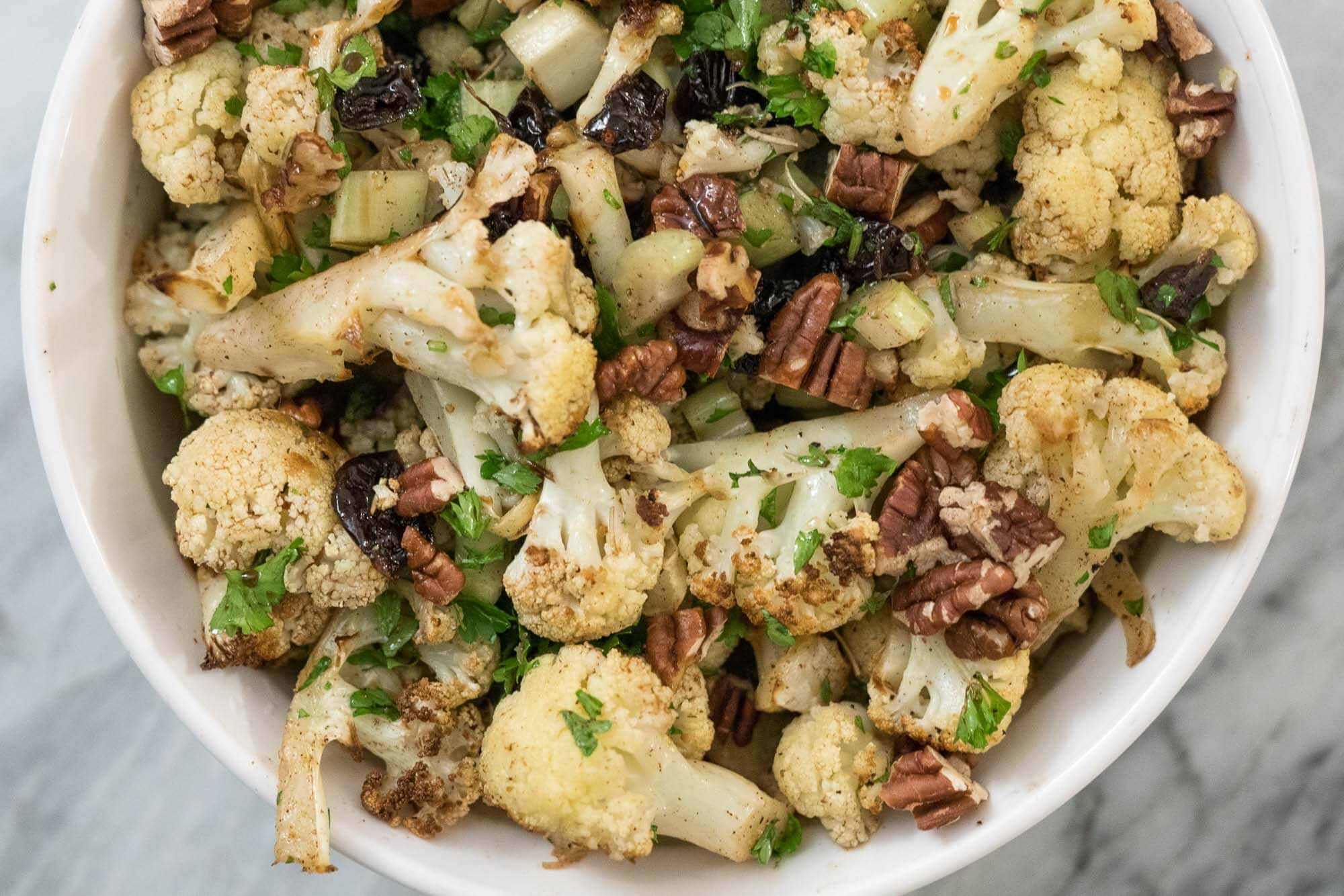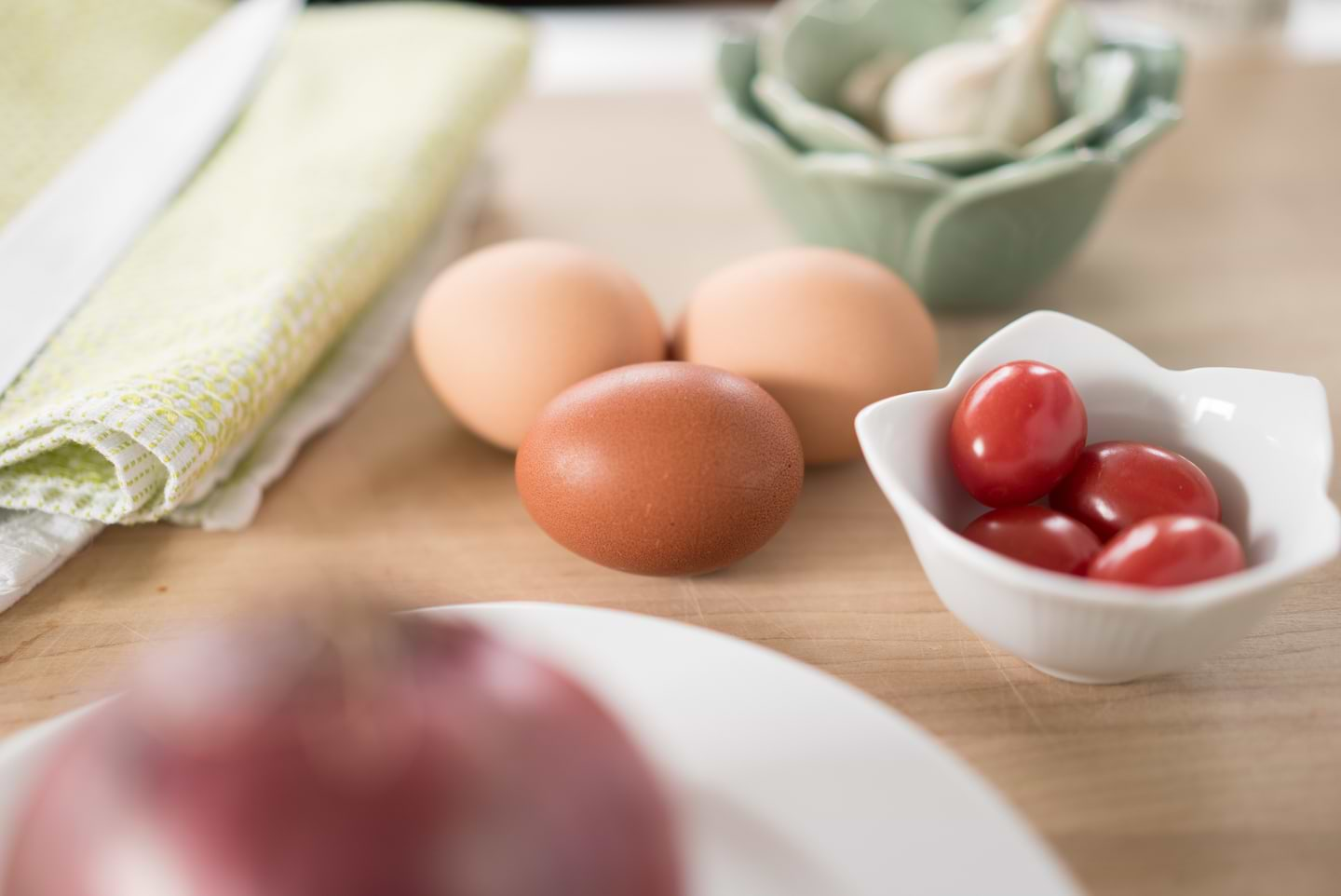Welcome to thoughtful, organic beauty
Hello Joyous is an organic, plant-based, sustainable beauty brand here to bring more joy to your day.
Up to 15% of the world population suffers from the functional gut disorder IBS (Irritable Bowel Syndrome) and its associated symptoms of bloating, abdominal pain, distension, excess gas, and altered bowel motility (constipationand/or diarrhea).
Although each person’s experience of IBS can greatly differ within the known range of symptoms, for many people it’s a debilitating condition that can severely affect their quality of life.
Enter: the Low FODMAP Diet.
If you’re reading this wondering, What the F-Diet? Let me explain.
The Low FODMAP diet is a dietary regimen that was designed by researchers at Monash University in Australia to help minimize the GI (Gastrointestinal) symptoms associated with IBS.
Research has shown that up to 75% of IBS sufferers experience relief when following a low FODMAP diet. That’s pretty significant!
So what exactly are FODMAPs and why are they an issue?
FODMAPS are short-chained carbohydrates (sugars and fibres) that are poorly absorbed in the small intestine. These undigested molecules travel to the large intestine where they become fast food for our gut microbes. As a by-product of fermentation, these microbes produce gases that can contribute to bloating, distension, pain, and cramping in those individuals who have a sensitive GI tract.
These malabsorbed carbohydrates also have an osmotic effect, drawing water into the intestines. For individuals with fast motility, this can equate to loose stools and diarrhea. The combination of water and gas can lead to altered bowel movements – both loose stools and constipation.
It’s important to highlight that FODMAPs are poorly digested by everyone.
However, symptoms might only be felt in people with a sensitive GI tract, typically associated with IBS and other gut-related conditions.
Before we go any further, let me break down that tongue-twister of an acronym, so we can begin to understand which foods actually contain FODMAPs.
FODMAP stands for:
As you can see, it’s a mouthful. So let’s just stick with the acronym
Which Foods are considered High in FODMAPs?
Here’s a brief sampling of foods by their respective categories. It’s important to note that foods can contain more than one group of FODMAPs.

FRUCTANS
GOS
LACTOSE
EXCESS FRUCTOSE
POLYOLS
As you can see the majority of these foods are NOT inherently unhealthy (with a few exceptions of course – most notably high-fructose corn syrup).
Which Foods are low in FODMAPs?
This is by no means an exhaustive list, but some of the foods that are considered low FODMAP include:
Low FODMAP Foods
Grapes, oranges, blueberries, strawberries, bell peppers, bok choy, carrots, eggplant, most leafy greens, cucumbers, brown and white rice, quinoa,polenta, almond milk, goat cheese, feta, cheddar, lactose-free yogurt, chia seeds, hazelnuts, pumpkin seeds, walnuts, beef, chicken, eggs, fish, firm tofu, tempeh, butter, olive oil, coconut oil, apple cider vinegar, soy sauce, peanut butter, maple syrup, dark chocolate, stevia (no inulin, FOS, or chicory root), most spices (except onion and garlic powder), black, green, and white tea, peppermint tea, coffee.

It’s important to note that some of these foods still need to be eaten in limited quantities (more on this below!).
The Low FODMAP diet is a Temporary Diet
Why? Because many of the foods that are eliminated are actually quite nutritious (i.e. many fruits and veggies) that should be a part of a long-term healthy eating plan if you tolerate them well.
It also restricts certain prebiotic fibres that are important for a healthy gut environment. So, why eliminate all of these healthy foods?
The only way to know for certain which foods are causing your gut issues is by removing them all and then reintroducing them back in systematically one at a time to find out which ones are potential culprits.
Keep in mind that it’s possible to be sensitive to one group of FODMAPs and not others.
There are 3 Distinct Stages of the Diet
1. Elimination
For 2 - 6 weeks all high FODMAP foods are restricted. The point of the elimination period is get GI symptoms under control and to assess whether or not these foods might be contributing to your symptoms.
2. Reintroduction/Testing
Each group and subgroup of high FODMAP foods are methodically tested one at a time and in varying portion sizes to see which ones might be potential culprits. You may discover that you can handle a small serving size of some foods, but a larger quantity triggers symptoms.
3. Personalization
Based on your findings you can customize your diet it to your unique needs and preferences. Once you know which foods trigger your symptoms, you can continue to either limit them or modify the portion size to suit yourself. Since FODMAPs have a cumulative effect, you may be able to eat small amounts of your “trigger foods” as long as your total overall FODMAP load is low.
Portion Size Matters
It’s not a black and white diet (i.e. eat this, not that).
When following the elimination diet it’s not enough to just eat from a list of low FODMAP foods because in many cases the portion size matters.
Some foods that are considered low FODMAP can become high FODMAP when eaten in larger quantities.
The same goes for foods that are considered high FODMAP, may be considered low FODMAP in a smaller portion size (i.e. 1 tbsp. vs ½ a cup).
A great reference guide for portion sizes is the Monash University Low FODMAP Diet app that you can download to your smartphone. I always recommend this to my clients who are following this diet. It’s a great app and it’s continually being updated with the latest research. You can also check out the Monash University Website for other updates (see resources below).

Keep in mind though that FODMAPs are a type of carbohydrate, so if the food contains no carbohydrates, such as in the case with many animal proteins and pure fats (i.e. oils), it’s safe to assume that it wouldn’t contain any naturally occurring FODMAPs.
It’s ONE Piece of the Digestive Health Puzzle
Some people experience a significant reduction in their GI symptoms when following this diet, which is great, but for others there may be other factors that need to be considered alongside a low FODMAP diet.
This includes overall diet (even if low in FODMAPs are you eating enough fibre? Too many packaged foods?), HOW you eat, hormonal fluctuations throughout the month, gut infections (i.e. SIBO), sleep, stress, exercise, hydration, and other potential non-FODMAP food sensitivities.
It’s Kind of Complicated
There’s no denying that this diet isn’t exactly easy. This is why it’s important to keep in mind that it’s a short-term, temporary diet.
Although there are many resources available for people to follow it on their own, it’s highly recommended to seek out a qualified health professional who specializes in this area of nutrition and can help guide you through the process and navigate the many nuances of the diet.
It’s NOT a Life Sentence
In fact, once you identify which foods are potential triggers for you, it can actually be quite liberating. Consider it an information-gathering diet. One that can ultimately arm you with the knowledge to feel empowered about your food choices and be in control of your symptoms.
Remember, the whole point of the diet is to only have to eliminate or reduce the high FODMAP foods that trigger your symptoms and then add back in all of the other nutritious foods that don’t and that you enjoy.
A little sacrifice and work upfront uncovering the culprits could mean freedom over the long-term – reaching a point where you can enjoy as much variety in your diet as possible without having to police every bite.
It’s also worth mentioning that your tolerance to certain foods can change over time. This is especially true as your digestion improves and the microbial landscape of your gut changes.
So is the Low Fodmap Diet Right for You?
If you suffer from IBS, or another functional gut disorder, and the associated symptoms of abdominal pain, constipation, diarrhea/loose stools, bloating, and/or distention, then it’s definitely worth considering. Of course it’s always important to see your medical practitioner first to rule out more serious GI diseases (i.e. Celiac Disease, Inflammatory Bowel Disease) and some gynaecological conditions, which can have similar symptoms to IBS.
With that said, individuals with Inflammatory Bowel Disease (i.e. Crohn’s) or Celiac Disease can have IBS-like symptoms occur at the same time, so in conjunction with the standard treatments for these conditions (i.e. gluten-free diet for Celiac Disease), a low FODMAP diet may provide further relief.
Sources/Resources:
Very informative, thank you!
ReplyHappy you found it to be so helpful! It can be one of the more confusing diets to wrap your head around so it's always nice to have someone break it down into more digestible terminology :) Rachel - Joyous Health Team
Hi! Just wonderinf if Joy see's client's regarding SIBO? Thanks, Tina
ReplyHey Tina, Joy isn't currently consulting, however we would be happy to recommend you to a natural health care practitioner to help you with this. Elaine (the Holistic Nutritionist that wrote this article) specializes in digestion and would probably be the best person to talk to about this. You can learn more about her over here: http://www.elainebrisebois.com Rachel - Joyous Health Team